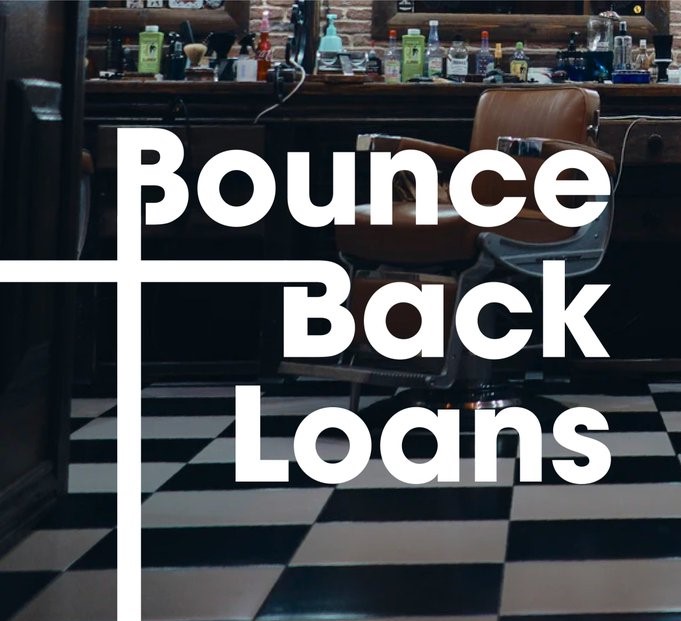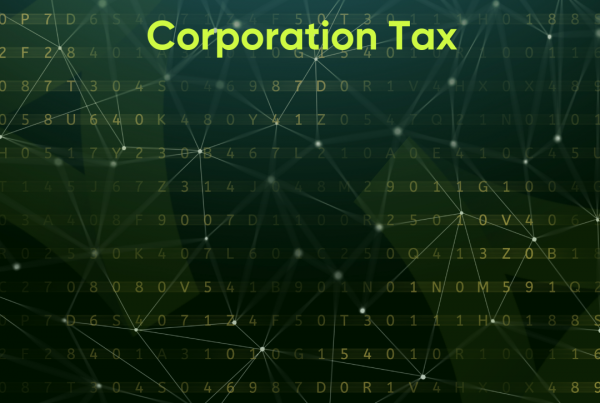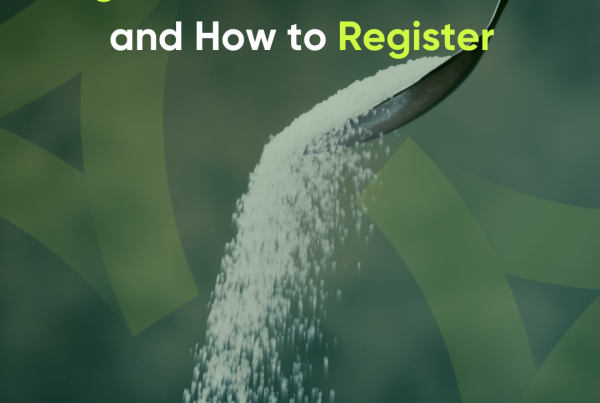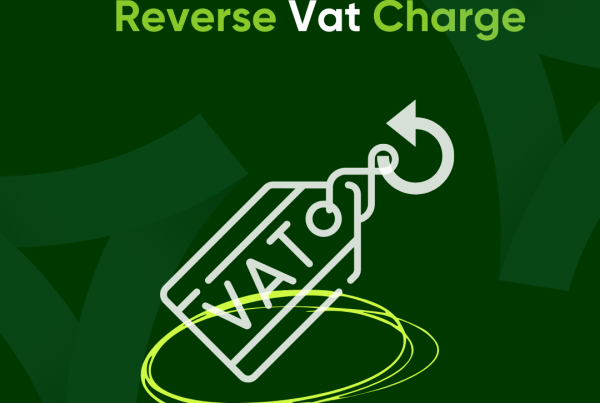
Bounce Back Loan Scheme
- What we know
- Difference between CBILS & BBLS
- Application Process
- Eligibility Criteria
- BBLS – FAQs
- a) What we know?
Bounce Back Business Loan Scheme (BBLS), has been announced for smaller businesses adversely affected by Covid-19. Businesses can take out a loan between the amount of £2000 and/or up to 25% or £50,000 (whichever is less) of their turnover as of 2019. Bounce Back Loans unlike CBILS come with a 100% government backed guarantee for a maximum term of 6 years at the rate of 2.5%/annum, against the outstanding balance of the finance (interest and capital). Businesses won’t pay interest the first 12 months, but will be making payments of approximately £887/month from Year 2 to Year 6 for a £50,000 loan. Businesses will be 100% liable for the debt.
Because this loan falls outside the full Consumer Credit Act requirements, the protection for borrowers is lessened, but as an added ease, lenders are not permitted to take personal guarantees or list any personal asset in relation to the borrower for recovery action. Coinciding with CBIL scheme ‘Business in difficulty as of 31st December,2019’ clause is in effect, which may result in reduced financing amount available, provided it is disclosed at time of application.
BBLS appears to be a potentially attractive option for refinancing existing debt, if eligibility criteria is met with.
- b) What is the difference between CBILS and the Bounce Back Loan Scheme?
| CBILS | Bounce Back Loan | |
| Guarantee | v Provides the lender with a government-backed, partial guarantee (80%) against the outstanding guarantee facility balance (only principal). No portfolio cap.
v No Guarantee Fee
v A fee is charged to lenders for each facility which makes use of the Scheme. | v Provides the lender with a government-backed, full guarantee (100%) against the outstanding guarantee facility balance (both principal and interest), with no portfolio cap.
v No Guarantee Fee for businesses
v No fee charged to lenders. |
| Type of Facility | v Term loans, overdrafts, invoice finance and asset finance facilities.
v Minimum value of £50,001 (unless asset or invoice finance only)
v Maximum of £5m | v Term Loans only
v Minimum £2500
v Maximum 25% of turnover or £50,000 whichever is less. |
| Interest Rates | Interest is at the accredited lenders discretion and will vary. | The interest is set by government at 2.5% per annum. No lender-levied fees |
| Repayment Terms | v Maximum of six years for term loan and asset finance facilities up to £5m. For overdrafts and invoice finance facilities, terms will be up to three years.
v Interest and fees payable to be made by the government as a Business Interruption Payment to the lender to cover first 12 months
v Principal repayment holidays are at the discretion of the lender. | v terms are six years, but there are no additional fees for early repayment charges.
v The government will make a Business Interruption Payment to the lender to cover first 12 months of interest payable.
v The borrower has a 12-month principal repayment holiday. |
| Refinancing | v Re-financing limited to a maximum of 20% of a lenders’ total CBILS lending. | v There is no restriction on the total amount of the facility that may consist of refinancing. |
| Assessment of affordability and viability | v Have a borrowing proposal which the lender would consider viable, were it not for the current pandemic Self-certify that it has been adversely impacted by the coronavirus (COVID-19)
v Not have been classed as a ”business in difficulty” on 31 December 2019, if applying to borrow £30,000 or more.
All lending decisions remain fully delegated to lenders. | v The borrower is required to self-declare they meet the eligibility criteria for the scheme.
v Lenders do not have to assess a business’ affordability or viability. Lenders are not responsible for the borrower’s decision to borrow. |
| Borrower’s protection | v All existing statutory rights (for example, Consumer Credit Act and FCA protections) apply. | v Borrowers do not have the benefit of protection and remedies that would otherwise be available under the Consumer Credit Act 1974. |
| Businesses eligible | v Available to UK-based businesses with annual turnover of up to £45m per year.
v Smaller businesses from all sectors can apply for the full amount of the facility | v Available to most UK-based businesses, regardless of turnover.
v If the business is a “business in difficulty” as of December 31 2019, may not qualify for the full loan amount |
| Personal guarantees | v No personal guarantees for any facilities below £250,000. Other forms of security may still be required by the lender.
v Security, including personal guarantees may still be required for facilities above £250,000 but they exclude a borrower’s main home;
v recoveries are capped at a maximum of 20% of outstanding balance | v No personal guarantees.
v No recovery action can be taken over a borrower’s main home or primary personal vehicle.
v For sole traders or partnerships, who do not have the benefit of limited liability, other personal assets may be at risk of recovery action. |
- c) Application Process:
- Find a Lender (BBLS Accredited Lender List)
- Contact Lender
- Borrowers can either get in touch with their providers directly to see if they are accredited to offer the scheme or approach any of the accredited lenders mentioned in the list above.
- A short application form needs to be filled and submitted by the borrower, self-declare that their business is eligible for loan under BBLS.
- In some instances, the lender might ask for additional information such as HMRC self-assessment tax return.
- Applications from eligible borrowers will be subject to checks relating to customer frauds, Anti Money Laundering (AML) and Know you customer.
- The lender cannot ask for any personal guarantees from the borrower. Or take recovery action on personal assets such as home, car etc.
The scheme is designed to give businesses quick access to funds, the submitted application is to be processed by the lenders within a matter of days.
- Am I Eligible?
Most businesses are eligible for the scheme given they meet certain criteria’s regardless of their turnover, and who were established before 1, March, 2020.
The borrower is required to declare following among other things to the lender;
- Business is engaged in any trading or commercial activity, was operational on 1 March, 2020, and has been adversely impacted by Covid-19.
- Is not a bank, public sector organization, insurance company, building society, state funded primary/secondary school.
- is a company or limited liability partnership incorporated or established in the UK, or tax resident in the UK.
- More than 50% of the income is derived from trading activities (accumulated with that of any member or group the business maybe a part of)
- Not a ‘business in difficulty’ as of 31st December, 2019 and does not breach State aid restrictions under the Temporary Framework.
- Loan is used for the economic benefit of the business and not to fulfil personal expenses.
- The contract of repayment of the loan in a timely manner and costs associated with it are understood and agreed upon by the borrower.
- If the business or any wider group it is a part of, is not in process of applying, or has applied or already availed the loan facility under the BBL scheme.
- The business (and any wider group of which it is part) has not yet obtained a loan through either the Coronavirus Business Interruption Loan Scheme, the Coronavirus Large Business Interruption Loan Scheme, or the Covid Corporate Financing Facility, unless that loan will be refinanced in full by the Bounce Back Loan Scheme facility.
- at the time of loan application submission, the business is neither in bankruptcy, debt restructuring proceedings, liquidation or similar.
- BBLS – FAQs
How much can I apply for under this scheme?
Businesses can apply for anywhere between £2000 up to 25% of their turnover, maximum limit being £50,000. The government will cover the first 12 months of interest payments, after which the business in solely liable to repay 100% of the loan amount and interest payments.
How long is the scheme open?
The Scheme will initially open until 4 November 2020, with the government retaining the right to extend this. It is a temporary scheme, introduced to counter the unprecedented and adverse effects of Covid-19 on businesses.
How long will it take me to get funds?
The scheme is meant to provide businesses with required funds within days of submitting the online application, which the lender is required to process on immediate basis.
Though in some instances, lenders may ask for additional information, such as an HMRC self-assessment tax return, which may delay the process by a few days but not by a long period.
What products are available under the Bounce Back Loan Scheme?
Accredited lenders are only permitted to offer term loans under the scheme.
What fees and interests will I be required to pay?
There is no processing fees of any kind to be paid to the lender by the business, the interest rate is set at 2.5% per annum after the first 12 months.
What is the term I can borrow this over and how much am I meant to repay?
Loans under the Bounce Back Loan scheme are available for a fixed term of 6 years. After the first 12 months, businesses are solely liable to repay 100% of the loan and interest payments, fixed at 2.5%.
Is early repayment permitted?
Early payment is permitted at any stage, without any early repayment fees.
What can I use the loan for?
The business must provide assurance to the lender that the loan will be utilized for economic activities and benefit of the business, for example providing working capital, and not for personal purposes.
If the business was a “business in difficulty” on 31 December 2019, then a loan under the Scheme is not permitted to be used for export-related activities [3]. There are no limits on the amount of the facility that can be used for refinancing.
Which businesses meet the “business in difficulty” criteria?
A business is considered in difficulty if met any one of the following criteria on 31 December 2019:
- Individuals or companies that have entered into collective insolvency proceedings;
- Limited companies which have accumulated losses greater than half of their share capital in their last annual accounts (this does not apply to SMEs less than 3 years old[6]);
- Partnerships, limited partnerships or unlimited liability companies which have accumulated losses greater than half of their capital in their latest annual accounts (this does not apply to SMEs less than 3 years old);
- Where the undertaking has received rescue aid and has not yet reimbursed the loan or terminated the guarantee, or has received restructuring aid and is still subject to a restructuring plan;
- A company which is not an SME where, for each of the last two accounting years: i) your book debt to equity ratio has been greater than 7.5; and ii) your EBITDA interest coverage ratio has been below 1.0
Do I need a business current account to apply?
Within their standard policies and terms and conditions of business, some lenders may not permit a business to operate via a personal account. If a lender identifies during their standard Know Your Customer (KYC) and fraud checks that a business is operating via a personal account, the lender may request that you open a business account in line with their standard policies.
This is at the sole discretion of the lender. Please note that you may experience delays with your application if this happens, as some lenders may require a business account to be open before they are able to undertake their standard KYC and fraud checks.
Can I apply for a CBILS facility as well as a Bounce Back Loan Scheme facility?
A business is not able to take out a Bounce Back Loan Scheme facility if they have been approved for a CBILS facility, and vice versa.
However, a business that has a CBILS facility can apply for a Bounce Back Loan Scheme facility if the Bounce Back Loan Scheme facility will refinance the CBILS facility in full. All accredited lenders who have approved CBILS loans so far will allow customers to refinance their loan into the Bounce Back Loan Scheme where appropriate, however, borrower protections under these schemes differ, and businesses should discuss these with their lender.


